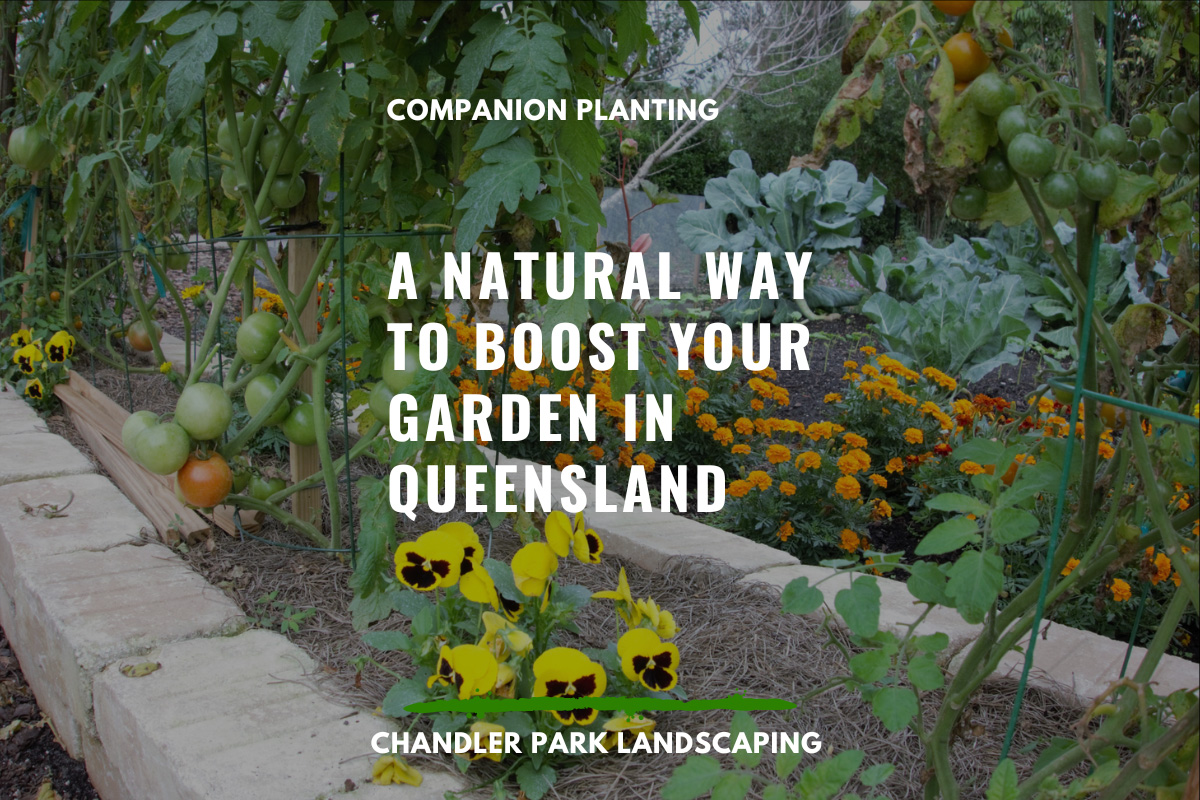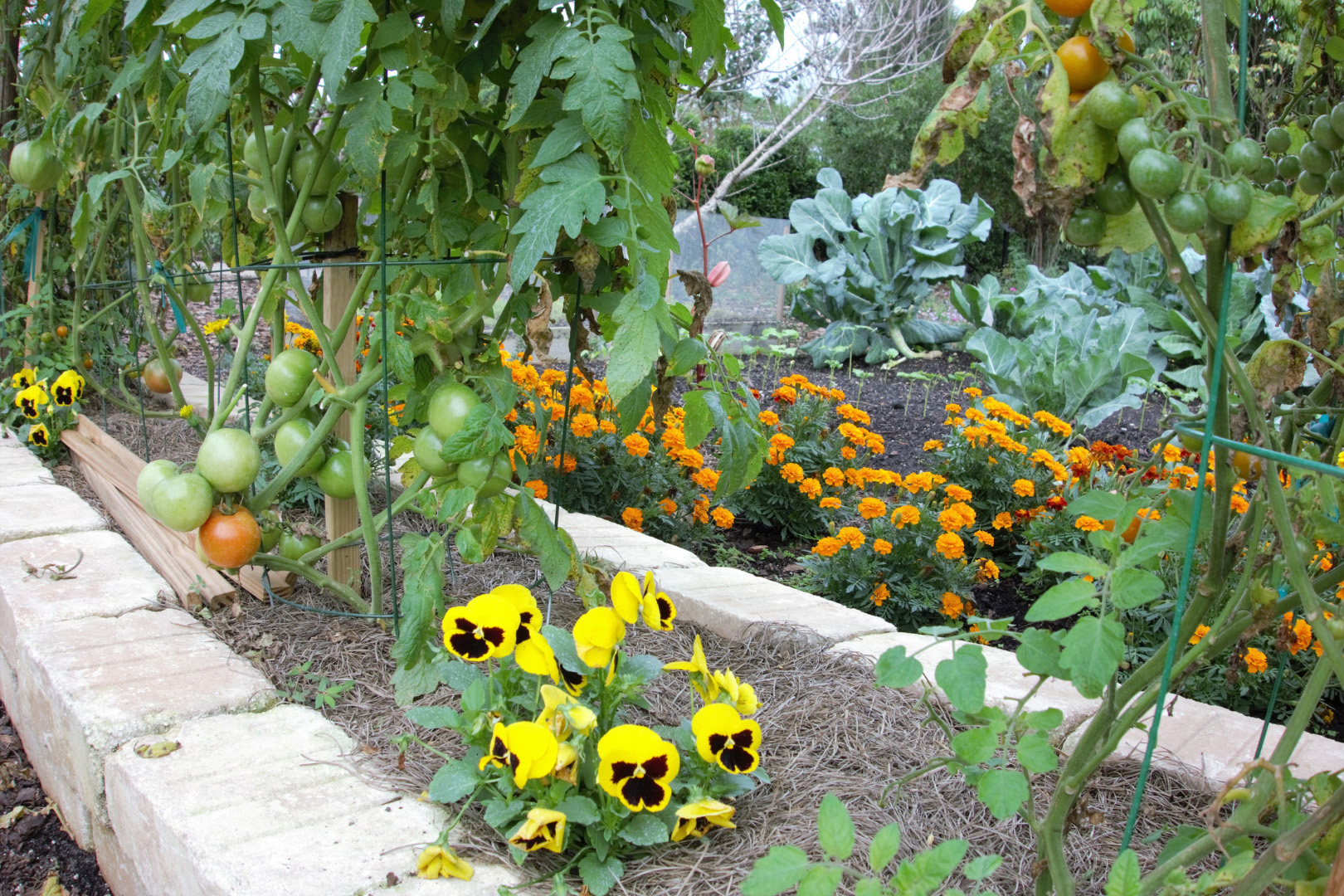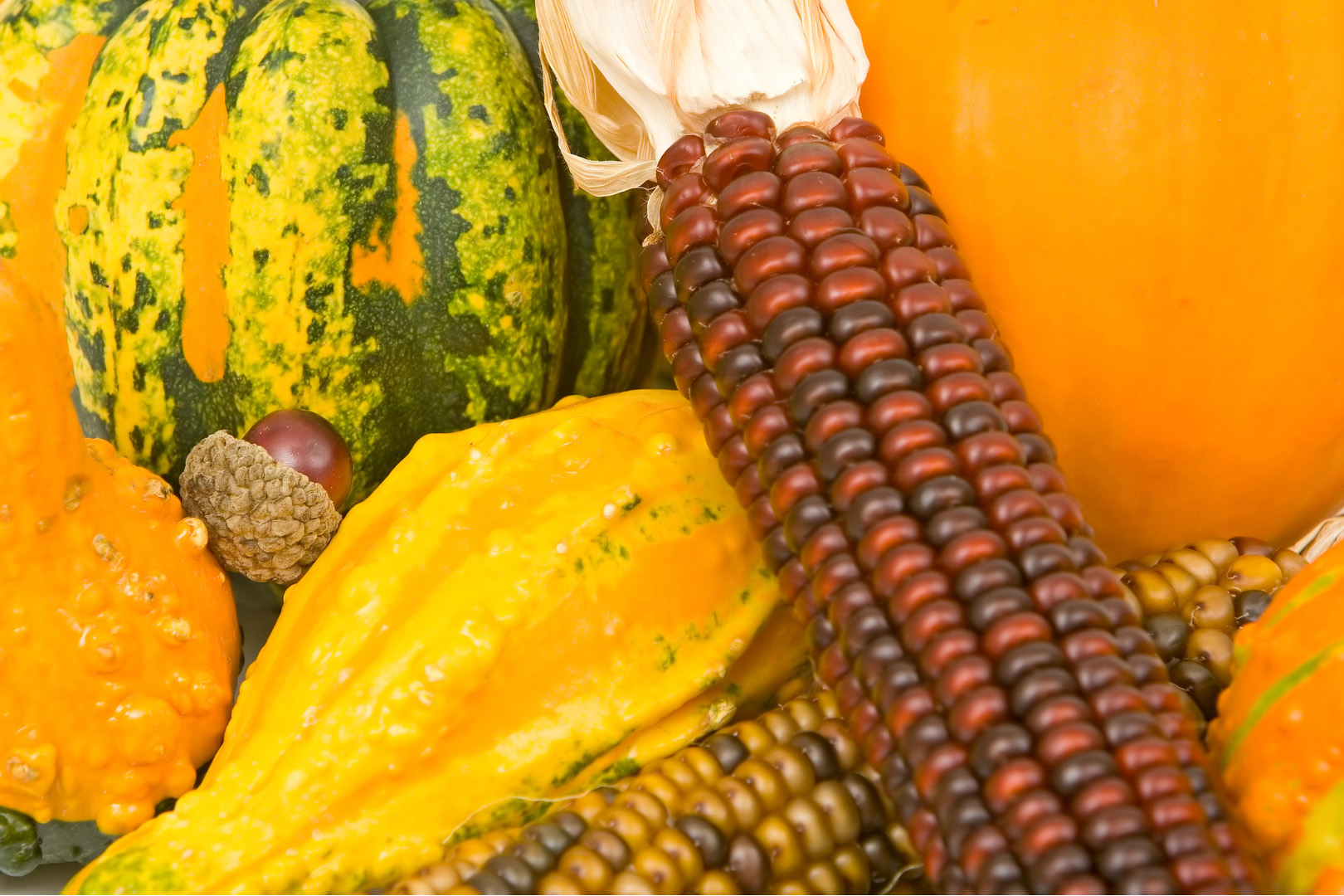
Companion Planting: A Natural Way to Boost Your Garden in Queensland
May 7, 2025 2:16 am - Leave your thoughtsCompanion planting is an age-old gardening technique that pairs plants together to enhance growth, deter pests, and improve soil health. By strategically selecting plant combinations, you can create a thriving, self-sustaining garden with minimal chemical intervention. Queensland’s warm climate provides an excellent environment for companion planting, but understanding which plants work well together is key to success.
Benefits of Companion Planting
Companion planting offers numerous benefits, including:
- Pest Control: Certain plants repel harmful insects, reducing the need for pesticides.
- Improved Growth: Some plant pairings enhance nutrient uptake and overall health.
- Better Soil Quality: Legumes, for example, fix nitrogen in the soil, benefiting surrounding plants.
- Enhanced Pollination: Flowering companion plants attract beneficial pollinators like bees and butterflies.

Best Companion Plant Pairs for Queensland Gardens
Queensland’s climate varies from tropical in the north to subtropical in the south, meaning gardeners need to select plants that thrive in warm conditions. Here are some excellent companion plant combinations:
- Tomatoes & Basil
- Basil repels whiteflies, aphids, and mosquitoes while enhancing tomato flavor.
- Best grown in well-draining soil with full sun exposure.
- Carrots & Spring Onions
- Spring onions deter carrot flies, which can damage roots.
- Plant in loose, fertile soil and ensure regular watering.
- Capsicum & Marigolds
- Marigolds deter nematodes and aphids, helping capsicum plants thrive.
- These plants love warm temperatures and full sun.
- Lettuce & Chives
- Chives repel aphids and slugs, protecting delicate lettuce leaves.
- Grow in partial shade to prevent lettuce from bolting too quickly in hot weather.
- Corn, Beans & Pumpkins (Three Sisters Planting)
- Corn provides a natural trellis for beans, beans fix nitrogen in the soil, and pumpkins offer ground cover to retain moisture.
- This method suits larger garden spaces with plenty of sun.
- Strawberries & Thyme
- Thyme repels weevils and enhances the flavor of strawberries.
- Plant in a raised bed or container to improve drainage.

Creating the Perfect Setup for Companion Planting
To establish a successful companion planting garden, follow these key steps:
- Plan Your Garden Layout
- Use companion planting charts to determine the best plant pairings.
- Consider plant height and spacing to avoid overcrowding.
- Rotate crops each season to maintain soil health and prevent disease buildup.
- Prepare the Soil
- Enrich soil with compost and organic matter to improve fertility.
- Ensure good drainage by incorporating sand or raised beds if necessary.
- Test pH levels and adjust accordingly for optimal plant growth.
- Use Natural Pest Control Methods
- Introduce beneficial insects like ladybugs and lacewings to control pests.
- Apply mulch to retain moisture and suppress weeds.
- Use companion plants like nasturtiums and garlic as natural pest deterrents.
- Provide Adequate Watering and Sunlight
- Group plants with similar water needs to prevent over- or under-watering.
- Most vegetables and herbs need at least 6–8 hours of sunlight per day.
- Incorporate Vertical Gardening for Space Efficiency
- Grow climbers like beans, cucumbers, and peas on trellises or stakes.
- Maximize small garden spaces by using tiered planters.
